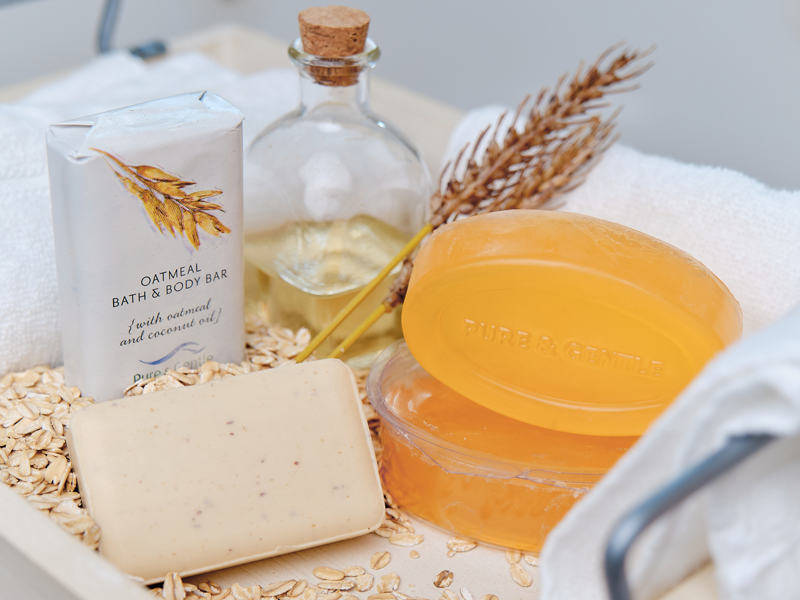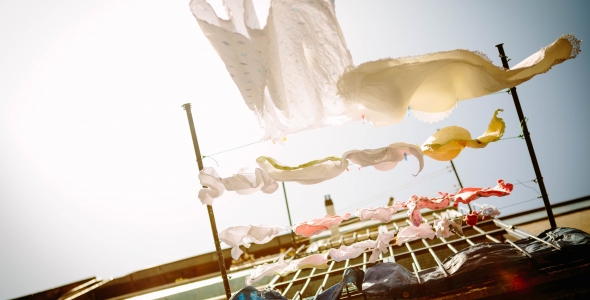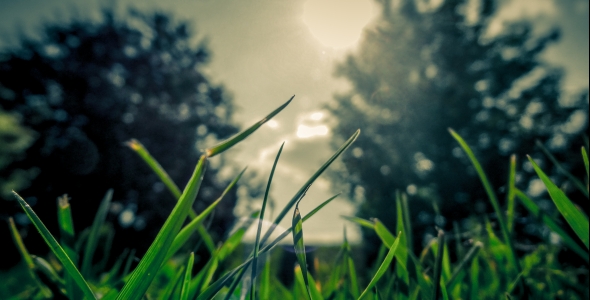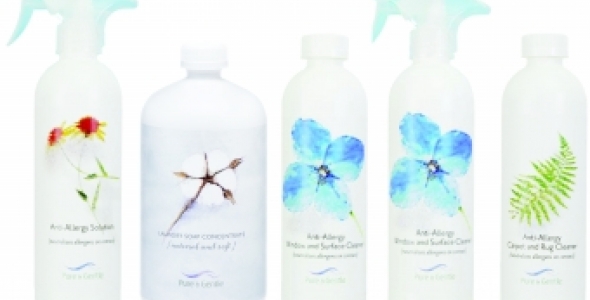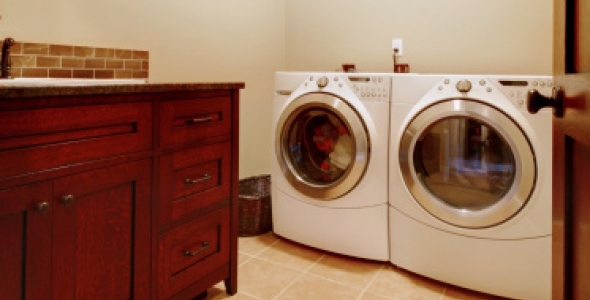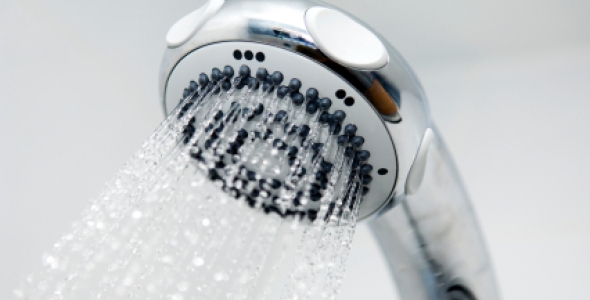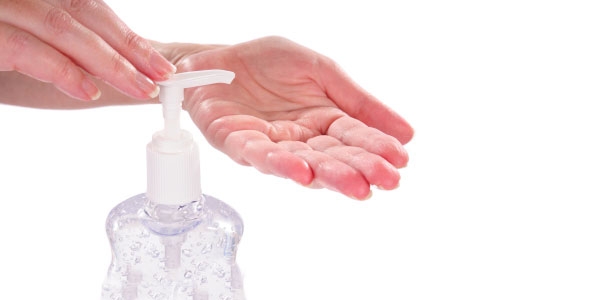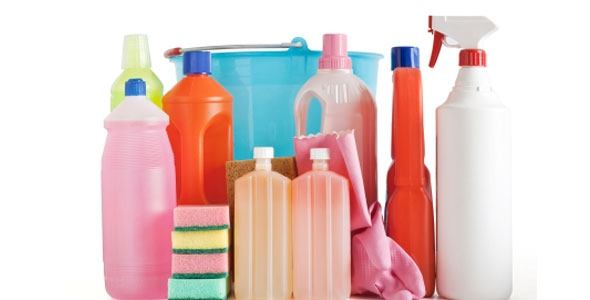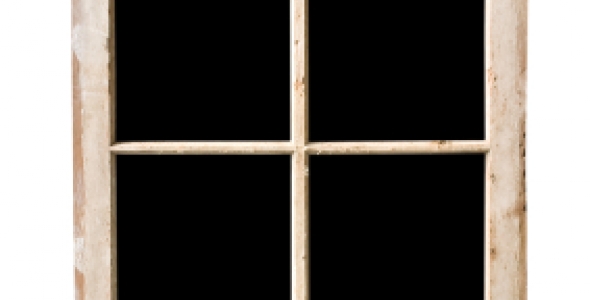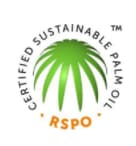It’s probably the cheapest form of marketing: changing a product’s color to make it more alluring. Florists do it, carpenters too, and every processed food manufacturer clearly reveals on its box all the numbered colors that go into changing the appearance of crackers. Dyeing with synthetics is an engrained part of most production, but it doesn’t have to be, especially not with soap products. Adding any chemicals just to change an image intrinsically does nothing to change its effectiveness, and oftentimes it hinders effectiveness, and always it puts unnecessary and harmful chemicals into the environment.
Dyes have always been a part of human society. In Rome, they used to determine class structures; purple was royal because only the very rich could afford small vials of it. Ancient times certainly didn’t have the means or production methods to pollute the earth with harmful chemicals, but since the industrial revolution, things changed.
Over the years, scientists have created many synthetic dyes that can enhance or alter the color of any product. This availability appears on the outside to only be beneficial, but most synthetic dyes are carcinogenic, toxic, and often combustible. As ecology reveals more and more about the delicacy of the environment, it’s clear these additives do no good for the planet. Consumers should avoid them in particular if they enter the body—in food or cleaning products. Because soap garners its effectiveness from natural components, the addition of synthetics only prevents it from cleaning. More dangerous, though, for the person and environment, is the effect these chemicals have on the skin and local ecosystems. Because they’re unnecessary, they should be avoided, and examining labels for ingredients will lead consumers to a safer choice.







